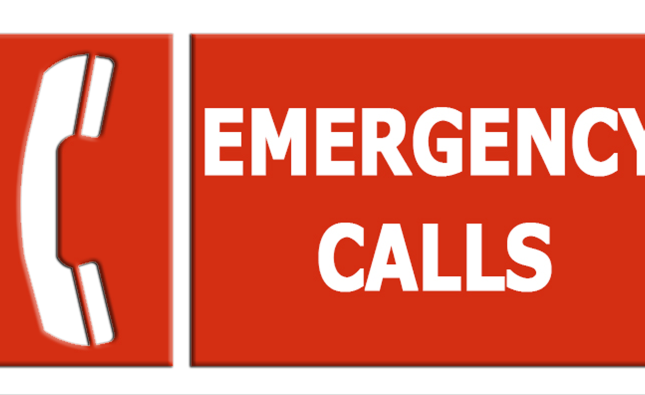
Introduction: While successful treatment of blood clots is a cause for celebration, it often marks the beginning of a challenging journey towards recovery. Beyond the physical healing, individuals must cope with the aftermath of blood clot treatment, including emotional, psychological, and lifestyle adjustments. This article explores the long road to recovery, shedding light on the multifaceted aspects individuals face after blood clot treatment.
- Physical Rehabilitation: Blood clot treatment may involve surgical procedures, medications, or other interventions, which can impact physical health and mobility. Individuals may experience fatigue, weakness, or limitations in their daily activities during the recovery phase. Physical rehabilitation, including exercises, physiotherapy, and occupational therapy, plays a vital role in rebuilding strength, restoring mobility, and improving overall physical well-being.
- Emotional and Psychological Impact: The experience of blood clot treatment can have a significant emotional and psychological impact on individuals. Feelings of fear, anxiety, and uncertainty are common as they navigate the aftermath of a life-threatening condition. Coping with the emotional rollercoaster, addressing post-traumatic stress, and seeking support from mental health professionals or support groups can aid in the healing process.
- Lifestyle Modifications: Blood clot treatment often necessitates lifestyle modifications to reduce the risk of recurrence. This may involve adopting healthier habits, such as regular exercise, maintaining a balanced diet, quitting smoking, and managing stress. Embracing these lifestyle changes can be challenging but is crucial for long-term well-being and reducing the risk of future blood clot episodes.
- Medication Management: Some individuals may require long-term or lifelong medication regimens, such as anticoagulant therapy, to prevent future blood clots. Adhering to these medications, understanding potential side effects, and maintaining regular follow-up appointments for monitoring become essential aspects of recovery. Proper medication management empowers individuals to take control of their health and minimize the risks associated with blood clot recurrence.
- Support Systems: Recovery from blood clot treatment can be a physically and emotionally demanding journey. Establishing a strong support system is crucial for individuals to cope with the challenges they may encounter. Family, friends, healthcare providers, and support groups can provide the necessary encouragement, guidance, and understanding throughout the recovery process.
- Patient Education: Empowering individuals with knowledge about blood clots, their treatment, and ongoing care is crucial for their recovery. Patient education initiatives help individuals understand the importance of adherence to treatment plans, recognize potential warning signs, and seek prompt medical attention when necessary. Educated and informed patients are better equipped to manage their recovery and make informed decisions regarding their health.
Conclusion: Recovering from blood clot treatment is not a linear process but rather a complex journey that encompasses physical, emotional, and lifestyle adjustments. It requires patience, resilience, and support. By addressing the physical rehabilitation needs, prioritizing emotional well-being, embracing lifestyle modifications, managing medications, and establishing strong support systems, individuals can navigate the long road to recovery successfully. Empowering individuals through education and awareness ensures that they have the tools and knowledge to continue their journey towards a fulfilling and healthy life.










